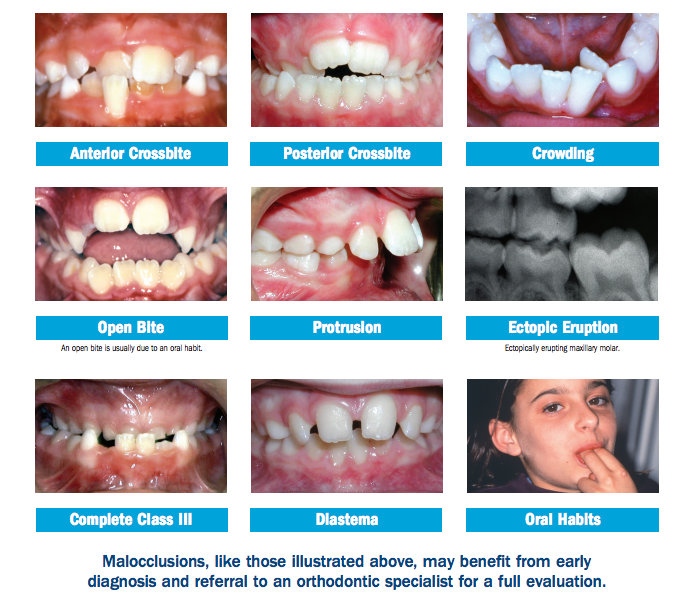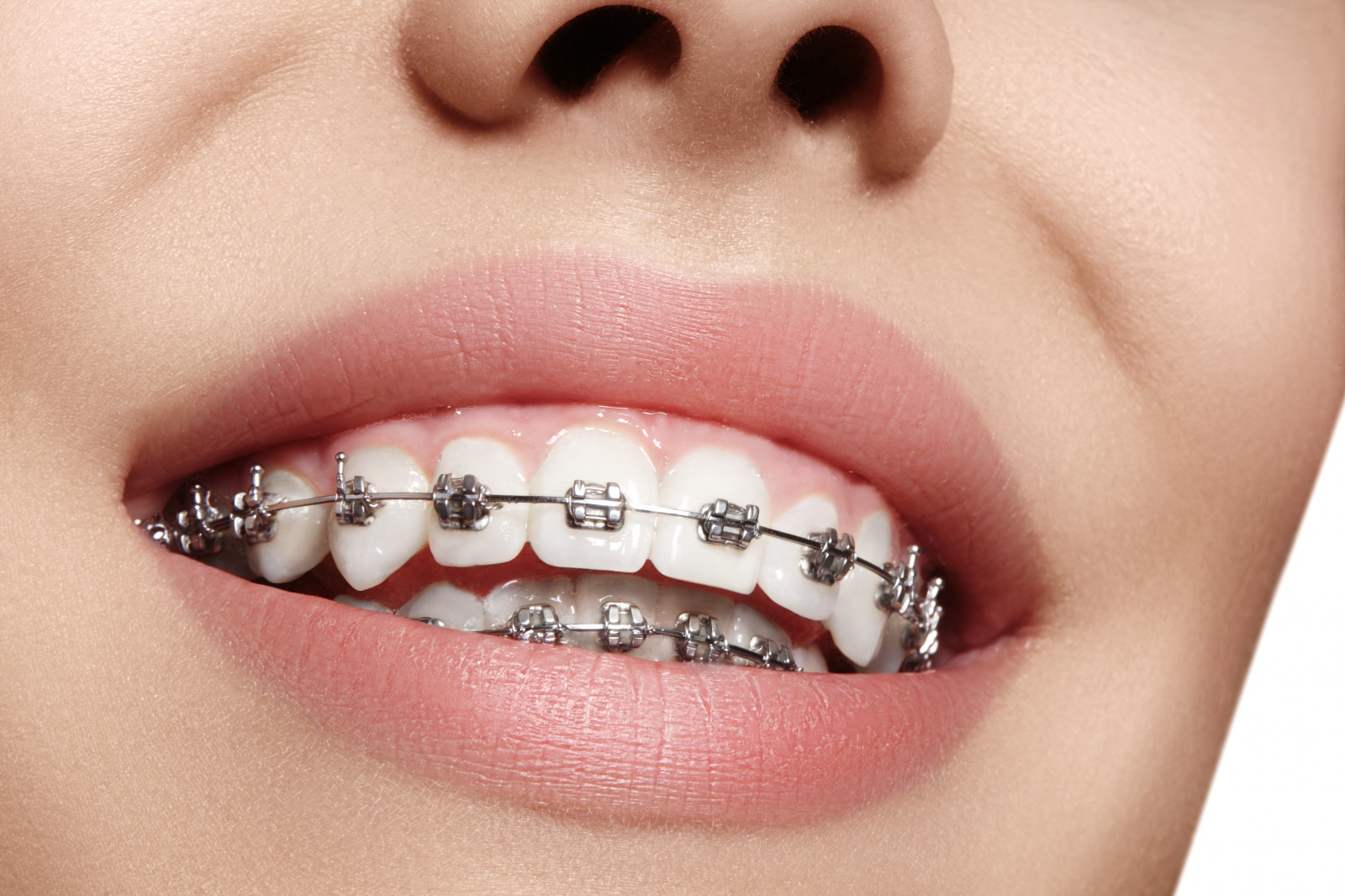Some Known Incorrect Statements About Causey Orthodontics
Table of ContentsThe smart Trick of Causey Orthodontics That Nobody is Talking AboutCausey Orthodontics Can Be Fun For EveryoneAbout Causey OrthodonticsNot known Details About Causey Orthodontics The Facts About Causey Orthodontics Revealed
Ignoring occlusal partnerships, it was normal to remove teeth for a selection of oral concerns, such as malalignment or congestion. The principle of an intact teeth was not commonly appreciated in those days, making bite relationships seem unimportant. In the late 1800s, the principle of occlusion was necessary for producing reputable prosthetic replacement teeth.As these principles of prosthetic occlusion proceeded, it ended up being an invaluable tool for dentistry. It was in 1890 that the work and influence of Dr. Edwards H. Angle began to be felt, with his contribution to contemporary orthodontics especially significant. Concentrated on prosthodontics, he instructed in Pennsylvania and Minnesota before routing his attention towards dental occlusion and the treatments required to preserve it as a normal problem, therefore coming to be recognized as the "father of contemporary orthodontics".

The principle of excellent occlusion, as proposed by Angle and included into a classification system, enabled a change towards treating malocclusion, which is any kind of inconsistency from regular occlusion. Having a full set of teeth on both arches was very searched for in orthodontic therapy as a result of the need for exact connections in between them.
Not known Incorrect Statements About Causey Orthodontics
As occlusion came to be the vital concern, facial proportions and looks were neglected - orthodontist near me. To accomplish excellent occlusals without making use of exterior pressures, Angle proposed that having excellent occlusion was the finest means to get optimum face appearances. With the death of time, it became fairly obvious that even an outstanding occlusion was not appropriate when taken into consideration from a visual viewpoint
It came to be apparent that orthodontic treatment could adjust mandibular advancement, causing the development of practical jaw orthopedics in Europe and extraoral force procedures in the United States. These days, both practical appliances and extraoral devices are applied around the globe with the goal of changing growth patterns and forms. As a result, going after true, or at the very least enhanced, jaw partnerships had come to be the major goal of therapy by the mid-20th century.
See This Report about Causey Orthodontics
 Up until the mid-1970s, dental braces were made by covering metal around each tooth. https://www.pichost.net/causeyortho7., it came to be possible to rather bond metal braces to the teeth.
Up until the mid-1970s, dental braces were made by covering metal around each tooth. https://www.pichost.net/causeyortho7., it came to be possible to rather bond metal braces to the teeth.This has had meaningful impacts on orthodontic treatments that are administered frequently, and these are: 1. Right interarchal connections 2. Appropriate crown angulation (suggestion) 3.
The advantage of the design depends on its brace and archwire combination, which requires only marginal cord flexing from the orthodontist or medical professional (orthodontist expert). It's aptly named hereafter function: the angle of the slot and density of the brace base ultimately determine where each tooth is situated with little demand for additional manipulation
8 Easy Facts About Causey Orthodontics Explained
Both of these systems used the same braces for each and every tooth and demanded the flexing of an archwire in three planes for locating teeth in their desired settings, with these bends dictating supreme placements. When it concerns orthodontic devices, they are separated into 2 types: removable and repaired. Detachable home appliances can be tackled and off by the individual as required.

Thus, mostly all modern-day fixed appliances can be considered variants on this edgewise device system. Early 20th-century orthodontist Edward Angle made a significant contribution to the world of dental care. He produced four distinct device systems that have actually been utilized as the basis for several orthodontic therapies today, disallowing a few exemptions.
What Does Causey Orthodontics Mean?

The cord ended in a thread, and to relocate ahead, a flexible nut was utilized, which enabled for a rise in circumference. By ligation, each specific tooth was connected to this expansive archwire (best orthodontist near me). Due to its minimal variety of activity, Angle was incapable to achieve accurate tooth positioning with an E-arch
These tubes held a firm pin, which could be rearranged at each visit in order to relocate them in position. Dubbed the "bone-growing home appliance", this contraption was thought to encourage much healthier bone development because of its possibility for transferring force straight to the roots. Executing it confirmed problematic in fact.
Comments on “Causey Orthodontics Fundamentals Explained”